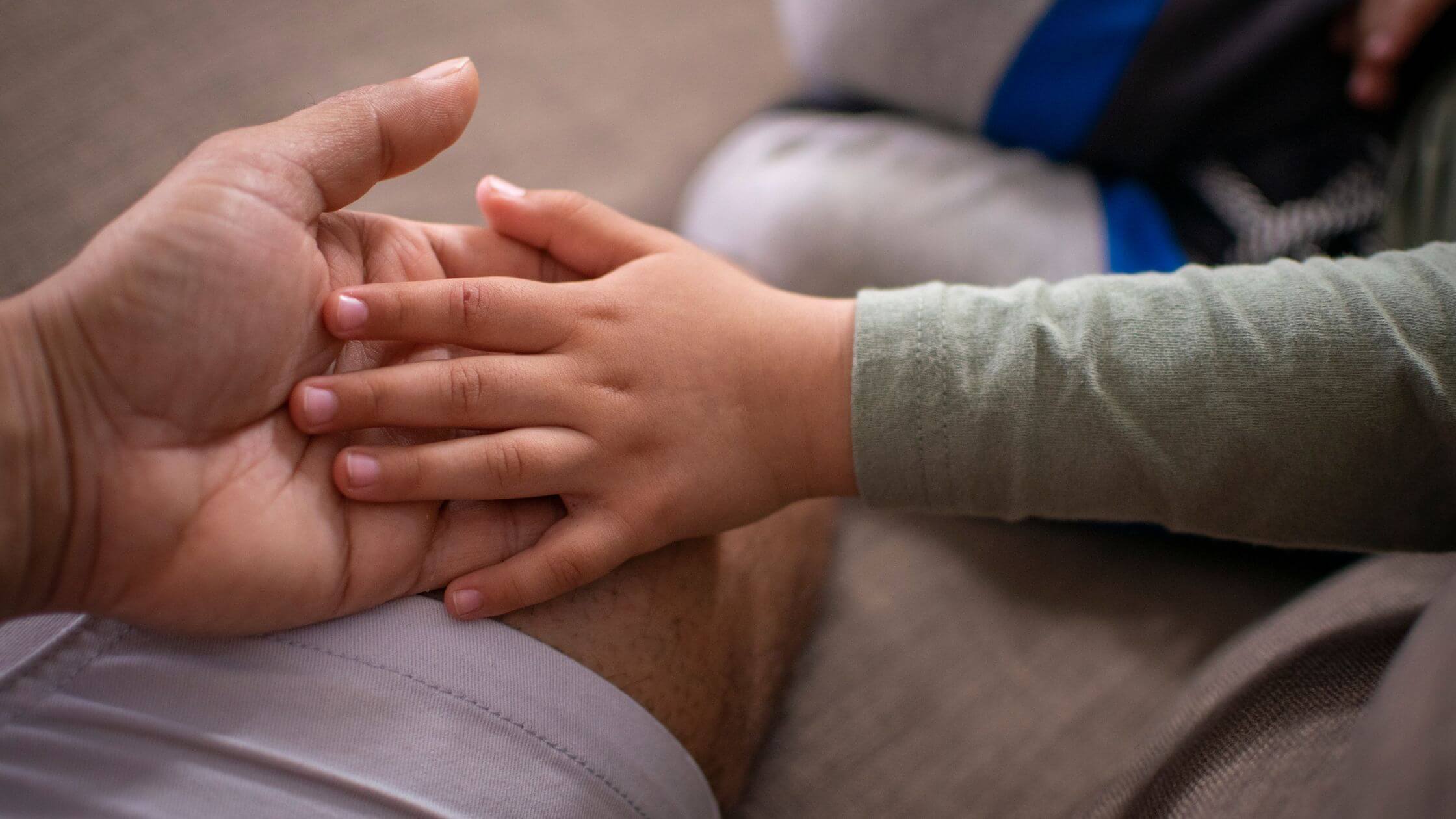Safeguarding updates for 2024 – In recent years, the Department for Education (DfE) have published their latest statutory guidance for Keeping Children Safe in Education (KCSiE) at the beginning of September. This guidance states: all schools, including maintained nurseries, should read KCSiE guidance, alongside the following documents:
- Statutory Working Together to Safeguard Children
- Early Years Foundation Stage Framework (EYFS)
- Information Sharing: Advice for practitioners providing safeguarding services for children, young people, parents and carers
- Departmental guidance: What to do if you’re worried a child is being abused
As anyone working directly with children is only too aware, safeguarding and promoting the welfare of children is everyone’s responsibility. Therefore, it is crucial that everybody working with children understands their safeguarding responsibilities, and reads at least Part 1, including Annex B, and Part 5 of KCSiE.
Safeguarding leads, senior leaders and governors should read the full document!
Safeguarding: Must Or Should?
Throughout the guidance it uses the terms ‘must’ and ‘should’. For clarity, ‘must’ refers to when a person is legally required to do something and ‘should’ means that the advice set out should be followed unless there is a good reason not to.
Victims And Alleged Perpetrator(s)
The term “victim” is used for clarity, though it is important to understand not everyone subjected to abuse may identify with this term. Settings should respect the preferences of the individual involved. Similarly, the terms “alleged perpetrator(s)” and “perpetrator(s)” are used for clarity but should be used thoughtfully, especially in front of children, as the behaviour might have been harmful to the perpetrator as well. Therefore, settings should choose appropriate terminology based on each specific case.
What’s New For 2024?
There are limited changes to the guidance, which are mainly technical. You can find the table of substantive changes from September 2023 in Annex F of the guidance.
Part 1: Safeguarding information for all staff
A new sentence now reiterates that ‘Children includes everyone under the age of 18’ and prompts staff to consider and counteract adultification bias.
There are changes to reflect the revised Working Together to Safeguarding Children guidance. A change in the definition for Safeguarding and promoting the welfare of children now defined as:
- Providing help and support to meet the needs of children as soon as problems emerge.
- Protecting children from maltreatment, whether that is within or outside the home, including online.
- Preventing impairment of children’s mental and physical health or development.
- Ensuring that children grow up in circumstances consistent with the provision of safe and effective care.
- Promoting the upbringing of children with their birth parents, or otherwise their family network through a kinship care arrangement, whenever possible and where this is in the best interests of the children.
- Taking action to enable all children to have the best outcomes in line with the outcomes set out in the Children’s Social Care National Framework.
Early help has been updated and highlights staff should be particularly alert to the potential need for early help for children who have experienced multiple suspensions or are at risk of permanent exclusion, along with links through to the statutory guidance on the suspension and permanent exclusion of pupils from local-authority-maintained schools, academies and pupil referral units.
Reference to ‘Abuse and Neglect’ has been amended to include ‘exploitation’ throughout, and additional text included to ensure staff are aware of the indicators, including where children see, hear, or experience its effects when referring to domestic violence.
Under ‘safeguarding issues’, deliberately missing education has been amended to reflect the revised definition of ‘unexplainable and or/persistent absences from education’.
Part Two – The Management Of Safeguarding
Data Protection Act 2018 and UK GDPR paragraph included to remind governing bodies that they must comply with DPA/UK GDPR requirements and should refer to the ICO guidance for organisations to understand their obligations and ensure compliance, including protecting personal information and providing access to official information. Added is a new cross reference link to the Data Protection in Schools toolkit.
New links added to NSPCC advice on protecting children with SEN; and deaf/disabled children and young people:
- Safeguarding children with special educational needs and disabilities (SEND)
- Safeguarding child protection/deaf and disabled children and young people
New text added to clarify, school remains responsible for the pupils they place in alternative provision and should be satisfied that the placement meets the pupils needs.
The section on Children who are lesbian, gay, bisexual, or gender questioning includes clarification that it remains under review, pending the outcome of the gender questioning children guidance consultation, and final gender questioning guidance documents being published.
New responsibility for Virtual School Heads to advocate for the attendance, attainment, and progress of children in kinship care, effective from September 2024. Recommendations that DSL training should include guidance on kinship care.
There are no substantive changes for:
- Part 3 Safer Recruitment
- Part 4 Safeguarding concerns or allegations made about staff, including supply teachers, volunteers and contractors
- Part Five – Child-on-child sexual violence and sexual harassment
Annex B – Further Information
Extremism is the promotion or advancement of an ideology based on violence, hatred or intolerance, that aims to:
- negate or destroy the fundamental rights and freedoms of others
- undermine, overturn or replace the UK’s system of liberal parliamentary democracy and democratic rights
- intentionally create a permissive environment for others to achieve the results in (1) or (2).
Annex C – Role Of The Designated Safeguarding Lead
An addition to the DSL role includes, the responsibility to keep detailed, accurate, secure written records of all concerns, discussions and decisions made including the rationale for those decisions. This should include instances where referrals were or were not made to another agency or to the Prevent program.
